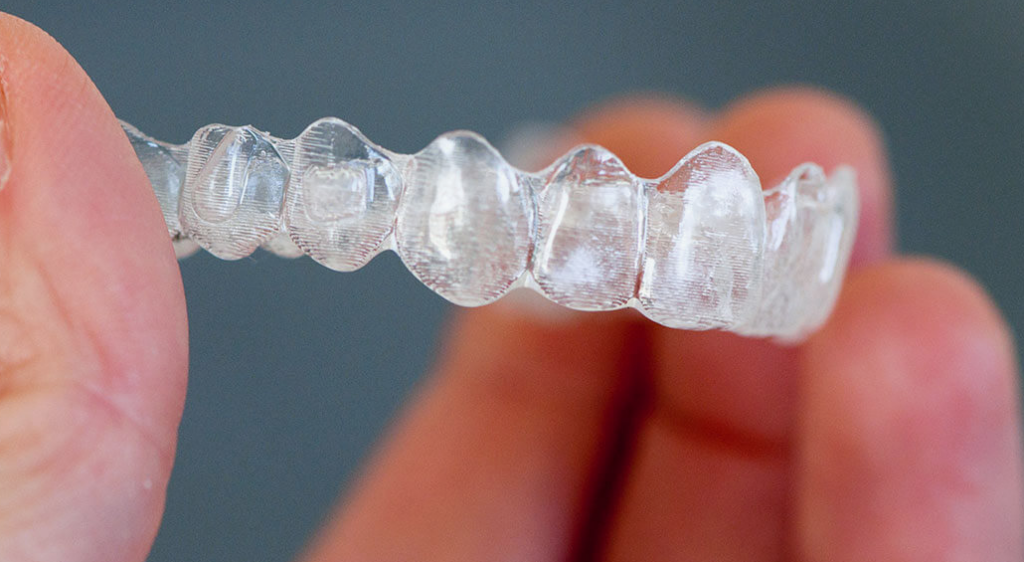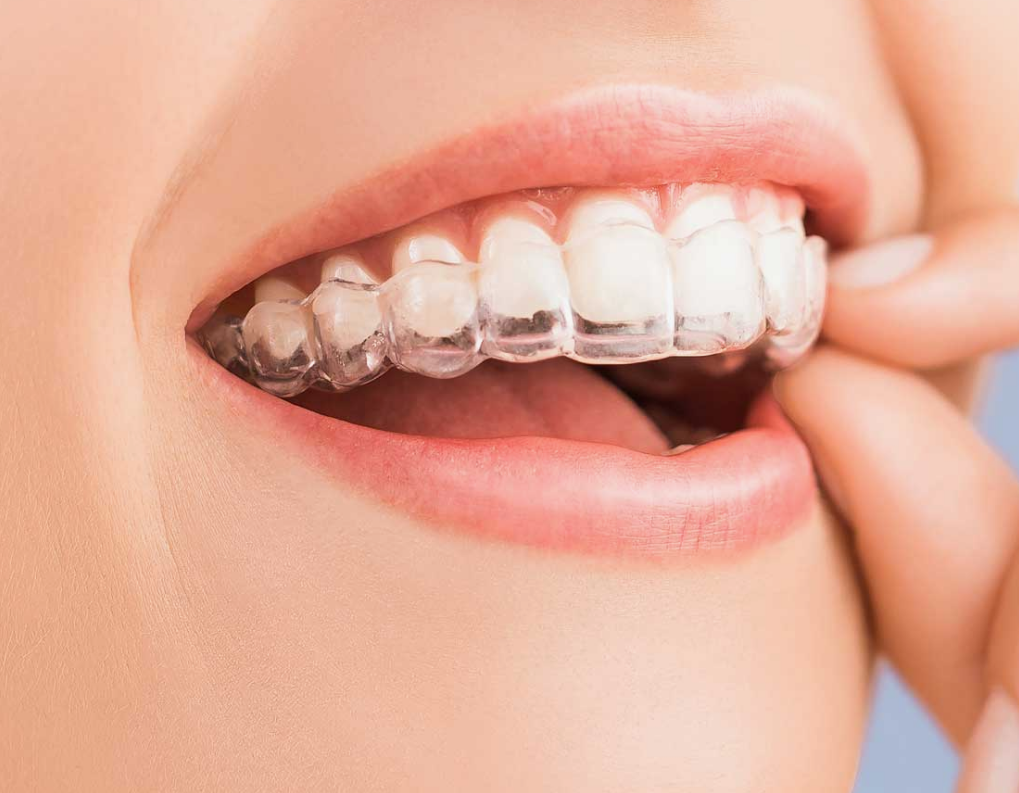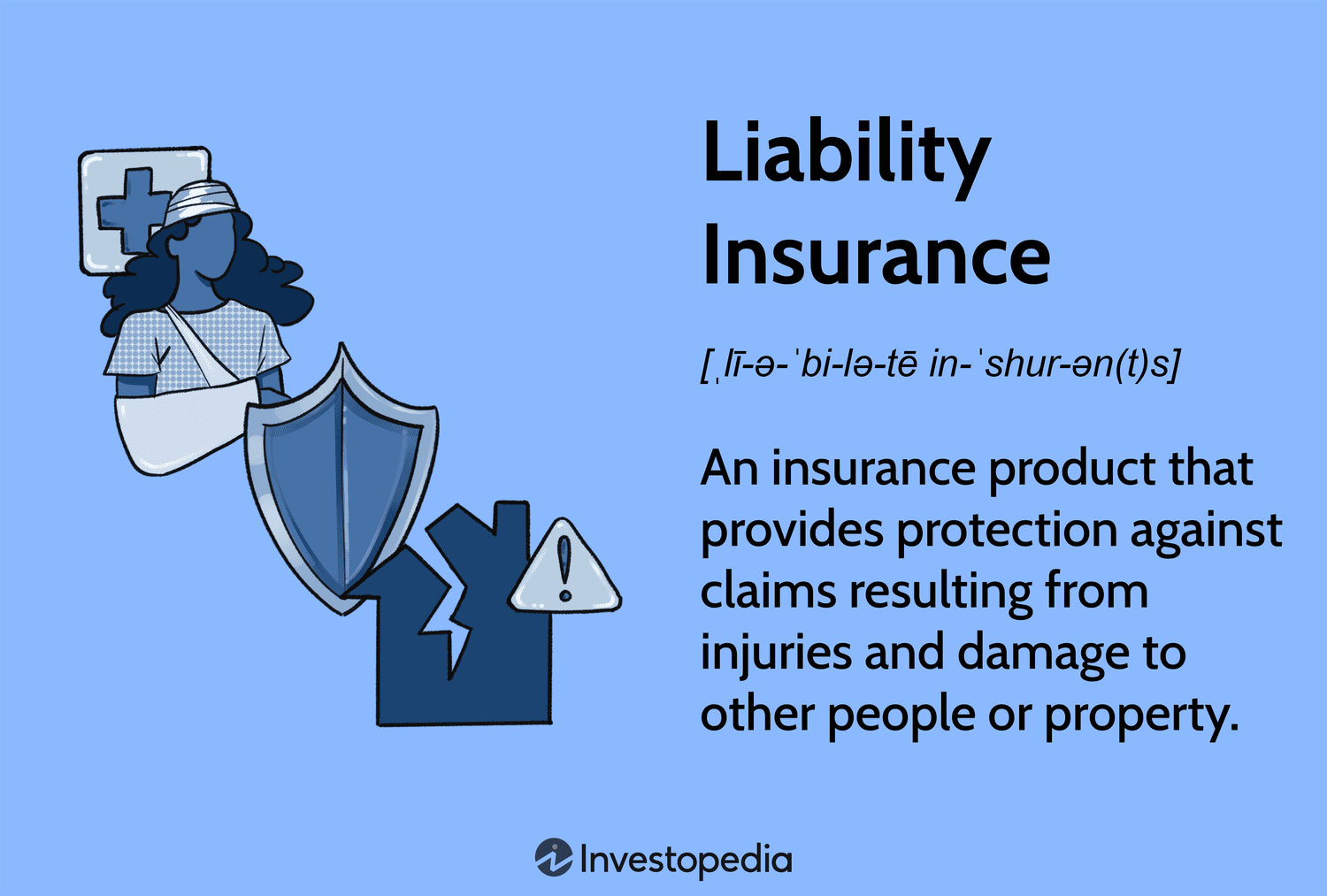Insurance coverage for Invisalign treatment depends on your specific dental insurance plan, as some plans may cover it similarly to other orthodontic treatments. To determine if your insurance covers Invisalign, contact your provider and inquire about your orthodontic benefits. It’s essential to understand the terms and conditions of your insurance plan to avoid any unexpected costs associated with Invisalign treatment. Many insurance companies consider Invisalign as elective and may only cover it if deemed medically necessary, requiring a referral from your dentist or orthodontist.
By being informed about your insurance coverage, you can make the best decision regarding your orthodontic treatment options.
Does Insurance Cover Invisalign

Table of Contents
The Basics of Invisalign- Does Insurance Cover Invisalign
Are you considering Invisalign as a solution for your dental concerns? One of the questions you might have is whether insurance covers Invisalign treatment. In this blog post, we will explore the basics of Invisalign, including what it is how it works, and whether insurance typically covers it.
What Is Invisalign?- Does Insurance Cover Invisalign
Invisalign is a type of orthodontic treatment that uses clear, removable aligners to straighten teeth. Unlike traditional braces, which use metal brackets and wires, Invisalign aligners are made of a clear, BPA-free plastic material that is virtually invisible when worn. The aligners are custom-made to fit your teeth and gradually shift them into the desired position over time. Invisalign treatment typically takes about 12-18 months to complete, depending on your individual needs.
How Does Invisalign Work?- Does Insurance Cover Invisalign
Invisalign works by using a series of custom-made aligners to gradually shift your teeth into the desired position. Each set of aligners is worn for about two weeks before being replaced with the next set in the series. As you progress through the series, your teeth will gradually shift into the desired position. To ensure the best results, it is important to wear your aligners for 20-22 hours a day and to follow your orthodontist’s instructions closely.
When it comes to insurance coverage for Invisalign treatment, it depends on your specific dental insurance plan. Some plans may cover Invisalign treatment in the same way they cover other orthodontic treatments, paying for a certain percentage or dollar amount. However, other plans may consider Invisalign an elective treatment and not cover it at all. To find out if your insurance plan covers Invisalign, contact your dental insurance provider and ask about your orthodontic benefits.
Understanding Dental Insurance
Does Insurance Cover Invisalign and Understanding Dental Insurance…
Types Of Dental Insurance Plans
There are three common types of dental insurance plans: indemnity plans, preferred provider organizations (PPOs), and health maintenance organizations (HMOs). Indemnity plans allow you to choose your dentist and pay for a percentage of the services provided. PPO plans offer a network of dentists and provide coverage at a lower cost within the network. HMO plans require you to choose a primary care dentist and only receive coverage for treatment provided by that dentist or a specialist referred by them.
Coverage Limitations
Most dental insurance plans have coverage limitations, including waiting periods before certain procedures are covered and annual maximums on benefits. Orthodontic treatment, including Invisalign, may have specific limitations such as age restrictions or a lifetime maximum benefit for orthodontic services. It’s important to review your plan’s coverage details and limitations to understand how it applies to Invisalign treatment.
Does Dental Insurance Cover Invisalign?
Does Insurance Cover Invisalign? This is a common question for those considering orthodontic treatment with Invisalign. Dental insurance coverage for Invisalign can vary depending on your specific insurance plan. Some plans may cover Invisalign treatment in the same way they cover other orthodontic treatments, either by paying a certain percentage or a certain dollar amount. To find out if your dental insurance covers Invisalign, it is best to contact your insurance provider and inquire about your orthodontic benefits.
Factors Affecting Coverage
Several factors can affect the coverage of Invisalign treatment by dental insurance. These factors include:
- The specific dental insurance plan you have
- Whether Invisalign is considered a cosmetic or medical procedure by your insurance provider
- Whether a referral from your dentist or orthodontist is required
- Whether Invisalign is deemed medically necessary
It is important to note that some insurance plans may consider Invisalign as a cosmetic procedure rather than a medical one, resulting in limited or no coverage. Additionally, some insurance companies may only cover Invisalign if it is deemed medically necessary. To determine the coverage for Invisalign under your dental insurance plan, it is advisable to consult with your insurance provider directly.
Typical Coverage Scenarios
When it comes to typical coverage scenarios for Invisalign, there are a few common situations to consider:
1. Limited coverage: Some dental insurance plans may provide limited coverage for Invisalign treatment. This could include paying for a certain percentage of the treatment cost or a specific dollar amount.
2. No coverage: Certain insurance plans may not cover Invisalign at all, considering it a cosmetic procedure rather than a medical necessity. In such cases, the full cost of Invisalign treatment would be the responsibility of the patient.
3. Medically necessary coverage: In certain situations, such as severe misalignment or bite issues, Invisalign may be deemed medically necessary by insurance companies. In these cases, insurance coverage for Invisalign treatment may be more likely.
4. Orthodontic coverage: Some dental insurance plans provide coverage for orthodontic treatment, which can include Invisalign. However, it is important to check the specific terms and conditions of your insurance plan to determine the extent of coverage.
Ultimately, the coverage for Invisalign under dental insurance can vary significantly depending on your specific insurance plan and the factors mentioned above. It is recommended to contact your insurance provider directly to understand the coverage details for Invisalign treatment.

Alternative Financing Options
Invisalign treatment is an option for many people seeking orthodontic care. However, the cost of treatment can be a concern for some individuals. In addition to insurance coverage, there are alternative financing options available to help make Invisalign treatment more affordable.
Payment Plans Offered By Invisalign Providers
Many Invisalign providers offer payment plans to help patients manage the cost of treatment. These payment plans typically involve spreading the total cost of Invisalign treatment over several months, making it more manageable for individuals on a budget. Patients should inquire with their Invisalign provider about the specific payment plans available and any associated terms and conditions.
Healthcare Credit Options
For individuals considering Invisalign treatment, healthcare credit options can provide a flexible financing solution. Healthcare credit companies offer special financing plans with low monthly payments and competitive interest rates. Patients can explore various healthcare credit options to find the best fit for their financial needs. Additionally, some healthcare credit companies may offer promotional financing periods, providing further flexibility for Invisalign treatment costs.
Maximizing Insurance Benefits For Invisalign
Does Insurance Cover Invisalign and Maximizing Insurance Benefits for Invisalign…
Pre-authorization Process
Insurance coverage for Invisalign usually requires a pre-authorization process. Contact your dental insurance provider to determine if Invisalign is covered under your plan. They will provide information on the required documentation and approval process. Keep in mind that some plans may only cover Invisalign if it is deemed medically necessary.
Utilizing Flexible Spending Accounts
One way to maximize insurance benefits for Invisalign is by utilizing flexible spending accounts (FSAs). FSAs allow you to set aside pre-tax money for medical expenses, including orthodontic treatments like Invisalign. Consult with your insurance provider to understand how FSAs can be used to cover a portion of your Invisalign costs. Keep track of expenses and submit reimbursement claims to make the most of your FSA benefits.
Out-of-pocket Costs For Invisalign
Does Insurance Cover Invisalign and Out-of-Pocket Costs for Invisalign?
Factors Influencing Costs
Several factors can influence the cost of Invisalign treatment:
- The complexity of your case
- The length of your treatment
- Your location
- The experience and expertise of your orthodontist
- Any additional procedures or treatments required
Each of these factors can affect the overall cost of your Invisalign treatment. For example, if you have a complex case that requires more aligners and a longer treatment period, the cost will likely be higher. Similarly, if you live in a major city where the cost of living is higher, the cost of Invisalign treatment may also be higher. It’s important to consult with your orthodontist to get an accurate estimate of the costs associated with your specific case.
Ways To Budget For Treatment
If you’re concerned about the out-of-pocket costs for Invisalign treatment, there are several ways you can budget for it:
- Check with your dental insurance provider to see if they offer coverage for Invisalign. While not all insurance plans cover the treatment, some may offer partial coverage or discounts.
- Consider setting up a flexible spending account (FSA) or health savings account (HSA) to save pre-tax dollars specifically for your Invisalign treatment.
- Discuss payment plans or financing options with your orthodontist. Many practices offer flexible payment plans to help make the cost more manageable.
- Research any available discounts or promotions. Some orthodontic practices may offer special deals or discounts for Invisalign treatment.
By exploring these options and working closely with your orthodontist, you can find a budgeting strategy that works for you and helps make Invisalign treatment more affordable.
Tips For Navigating Insurance Claims
Many people who need orthodontic treatment are often curious about whether insurance covers Invisalign. The answer to this question varies depending on your dental insurance plan. Some plans may cover Invisalign treatment just like they cover other orthodontic treatments, while others may not cover it at all. If you are considering Invisalign treatment, it’s important to understand your insurance coverage before starting the treatment. In this blog post, we will discuss tips for navigating insurance claims when it comes to Invisalign treatment.
Documenting Treatment Necessity
One of the essential tips for navigating insurance claims for Invisalign treatment is to document the treatment’s necessity. Many dental insurance providers require patients to prove that the Invisalign treatment is medically necessary before covering it. Here are some ways to document treatment necessity:
- Get a referral from your dentist or orthodontist.
- Provide evidence of the severity of your dental condition, such as x-rays, photographs, and clinical notes.
- Show how Invisalign treatment can address your specific dental condition better than other orthodontic treatments.
By documenting the treatment’s necessity, you can increase the chances of your insurance covering Invisalign treatment.
Submitting Claims Effectively
Submitting claims effectively is another critical tip for navigating insurance claims for Invisalign treatment. Here are some tips for submitting claims effectively:
| Tips | Explanation |
|---|---|
| Make sure your dental insurance covers Invisalign treatment. | Before submitting your claim, check with your insurance provider to ensure that your plan covers Invisalign treatment. |
| Submit your claim promptly. | Most insurance providers have a deadline for submitting claims. Make sure to submit your claim before the deadline to avoid any delays or rejections. |
| Include all necessary documents. | Make sure to include all the necessary documents, such as photographs, x-rays, and clinical notes, to support your claim. |
| Follow up with your insurance provider. | If you don’t hear back from your insurance provider within a reasonable time, follow up with them to ensure that your claim is being processed. |
By following these tips, you can increase the chances of your insurance covering Invisalign treatment.
Conclusion and Future Considerations
Does Insurance Cover Invisalign and Conclusion and Future Considerations…
Summary Of Key Points
Insurance coverage for Invisalign treatment varies depending on the dental insurance plan. Some plans may cover a certain percentage or a specific dollar amount of the treatment. To determine coverage, it’s essential to contact the dental insurance provider and inquire about the orthodontic benefits.
Additionally, some insurance companies may require a referral from a dentist or orthodontist, or consider Invisalign treatment as medically necessary to provide coverage. On the other hand, certain insurance plans may not cover clear aligners, deeming them as a cosmetic rather than a medical procedure.

Looking Ahead At Insurance Trends
Considering the evolving landscape of dental insurance, it’s important to keep an eye on emerging trends related to Invisalign coverage. As advancements in orthodontic treatment continue to develop, insurance companies may reassess their coverage policies for Invisalign and other clear aligner treatments. This may result in potential changes in coverage criteria and eligibility requirements.
Conclusion
Coverage for Invisalign varies based on your dental insurance plan. Contact your provider to determine if Invisalign is included in your orthodontic benefits. Insurance may cover a percentage or a set amount for treatment, but it’s important to verify your coverage beforehand.
 Insu Edu Tech Insurance, Education & Technology
Insu Edu Tech Insurance, Education & Technology




